Landforms Teaching Resources
Are you teaching about the different major landforms this school year? Get worksheets, activities and more for your lesson plans — all created by teachers for teachers like you!
This collection of printables and digital teaching resources is aligned with the Australian HASS curriculum and includes editable options so you can meet standards while also differentiating your instruction to meet individual student needs.
New to teaching this portion of the curriculum or just looking for fresh ideas? Here's a quick refresher from the science teachers at Teach Starter!
What Is a Landform? A Definition for Kids
By definition, a landform is a natural feature of the planet Earth — everything from mountains to valleys.
We teach kids that landforms have recognisable shapes, such as the cavernous shape of a valley or the high peak of a mountain, and it's important to point out that these features can come in a variety of sizes. A hill may be smaller than a mountain, but it's still a landform.
You likely know Australia is a geographically diverse country (and continent!) with many landforms, including mountains, plains and valleys. So how do you teach this concept in your classroom? We thought you'd never ask!
How to Teach About Landforms
Many different teaching resources can be used to teach landforms to students of all ages. Here are a few ideas to get you started:
- Maps — Maps are an excellent resource for teaching landforms, as they allow students to see the location and shape of different features. You can use physical maps, such as a printable blank map, or digital interactive activities to introduce your students to new places.
- Hands-on activities — Hands-on activities are a great way to engage students in the study of landforms and help them understand the concepts in a more concrete way. Some ideas might include landform matching activities, landform sorts, bingo games and more.
- Practice Activities —Practise makes perfect, so any type of teaching material that builds in that practise is great for learning about landforms. You could have a look at our map labelling worksheets, geography matching activities, and printable map quizzes.
Why Should Kids Learn About Landforms?
There are many reasons why kids should learn about landforms. Here are a few:
- Landforms are a fundamental part of the natural world, and they shape the environment in which we live. By learning about landforms, kids can better understand how the Earth's surface has evolved over time and how it continues to change today.
- Landforms are an important aspect of geography, and learning about them can help kids develop a sense of place and an appreciation for the diversity of the world around them. It can also help them understand the relationships between different landforms and how they influence human activity.
- Landforms can be used as a way to teach kids about science and the scientific method. By studying landforms, kids can learn about the processes that shape the Earth's surface, such as erosion and tectonic activity. They can also develop critical thinking skills by formulating hypotheses and testing them through observation and experimentation.
- Plus Plan
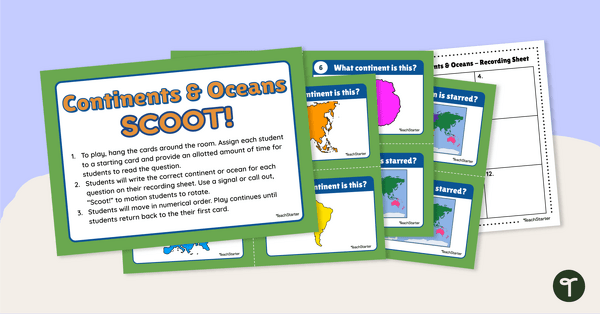
Continents and Oceans - SCOOT! Task Cards
Learn to locate and identify the continents and oceans on Earth with a game of SCOOT!
- Plus Plan
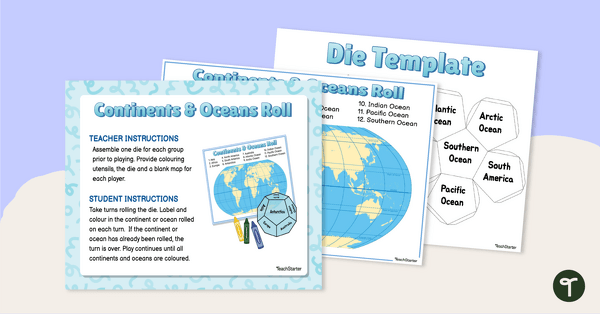
Continents and Oceans - Roll and Colour Game
Learn to identify the continents and oceans of the world with an engaging partner game.
- Free Plan
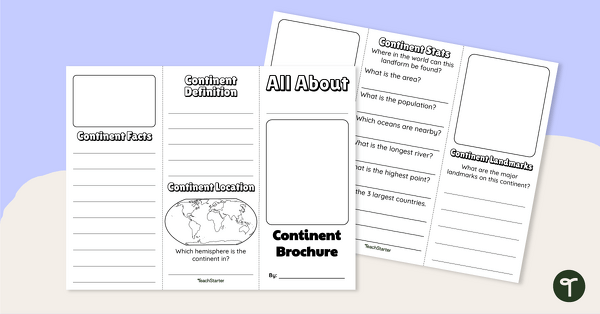
World Continents Brochure - Template
Replace your continents worksheets with a printable continents brochure project.
- Plus Plan
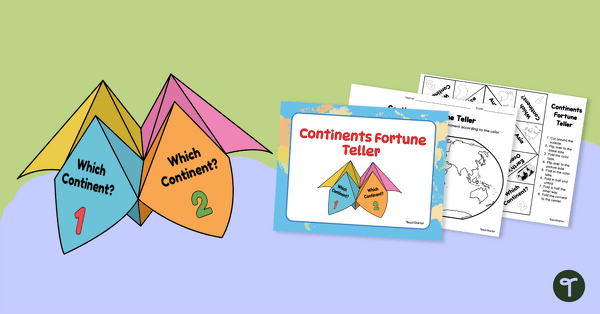
7 Continents Fortune Teller
Review the continents of the world with this hands-on continents fortune teller.
- Plus Plan
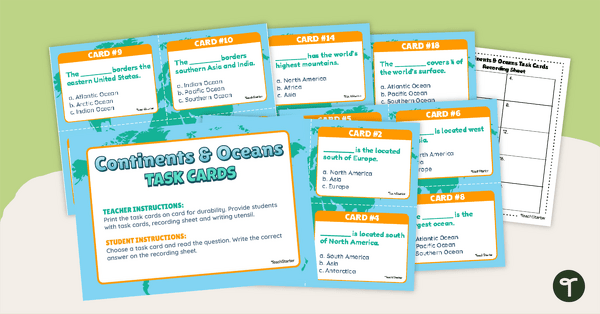
Continents and Oceans Task Cards
Practise identifying and describing the 7 continents and 5 oceans with a set of task cards.
- Plus Plan
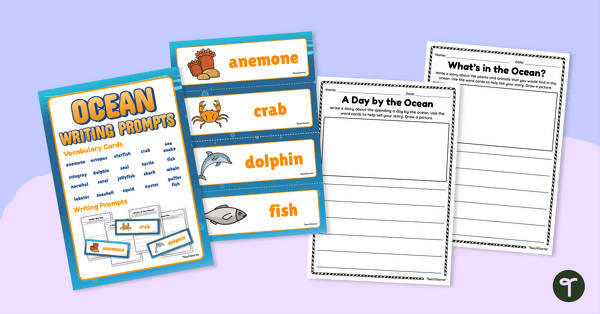
Ocean-Themed Flashcards and Writing Prompts
Build vocabulary and writing skills with this ocean-themed writing activity.
- Plus Plan
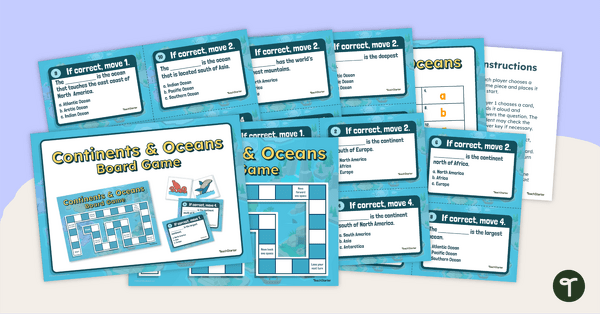
Continents and Oceans Board Game
Explore the continents and oceans of the world with this hands-on Geography board game.
- Free Plan
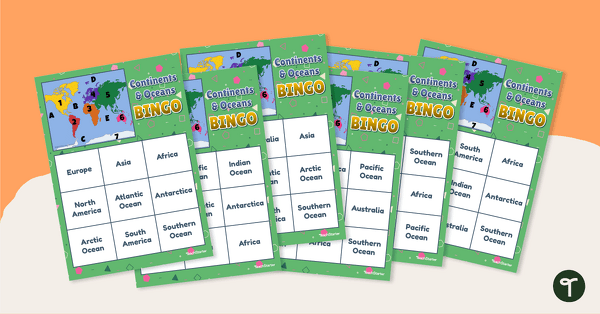
Continents and Oceans Bingo
Turn Geography into a fun and educational learning experience by using our Continents and Oceans Bingo Game!
- Plus Plan
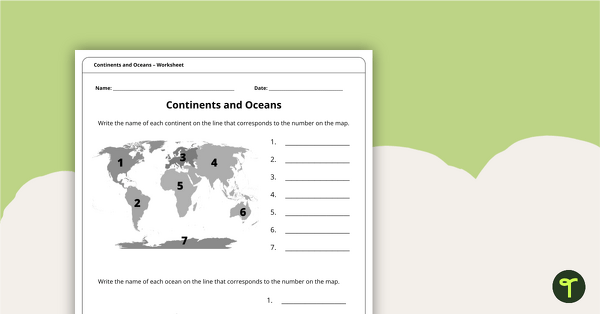
Continents and Oceans Worksheet
A worksheet to practise identifying the 7 continents and 5 oceans.
- Plus Plan
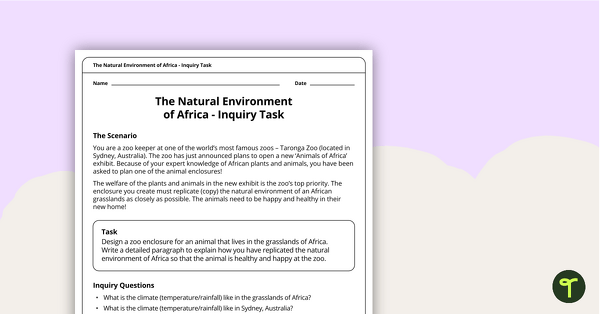
The Natural Environment of Africa - Inquiry Task
An inquiry task focusing on the natural environment of the grasslands of Africa.
- Plus Plan

The Natural Environment of South America — Inquiry Task
An inquiry task focusing on the natural environment of the Amazon rainforest in South America.
- Plus Plan
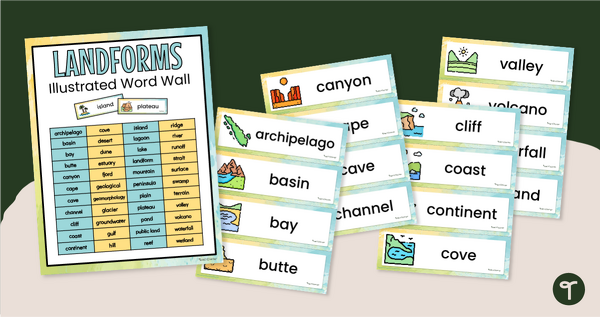
Landform Word Wall Vocabulary
Show your students examples of different landforms with a set of printable Landform word and picture cards.
- Plus Plan
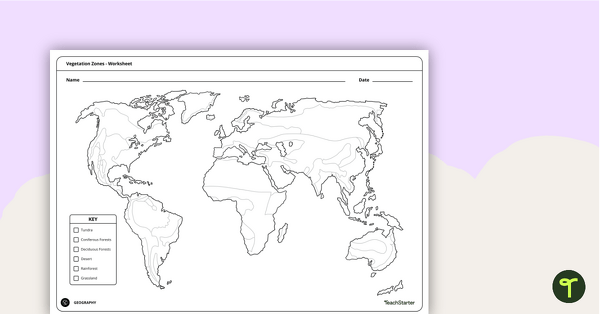
World Vegetation Zones - Mapping Template
Locate and explore different vegetation zones around the world with this mapping worksheet.
- Plus Plan
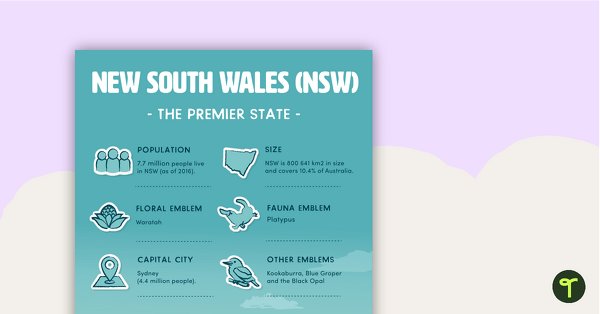
States and Territories of Australia Posters
8 beautifully illustrated posters outlining key information about Australia's states and territories.
- Plus Plan
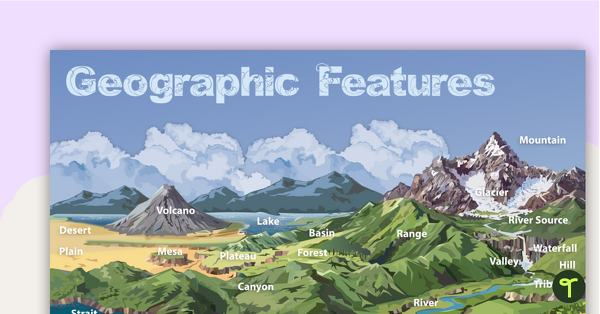
Geographic Landforms Features Poster and Worksheet
Add this poster of different types of geographic features of Earth to your classroom walls to provide a visual reference for students.
- Plus Plan
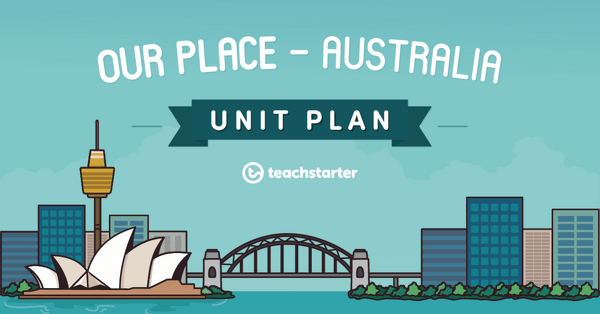
Our Place - Australia Unit Plan
This Humanities and Social Sciences unit addresses a range of concepts relating to the natural and human features of Australia.
- Plus Plan

Rainforests of Australia
A 60 minute lesson in which students will identify, describe and locate rainforests in Australia.
- Plus Plan
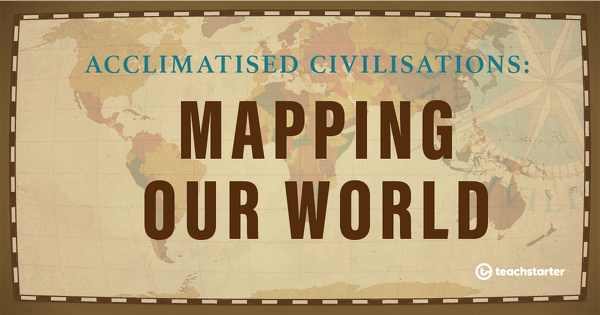
Mapping Our World
A 60-minute lesson in which students revise locating and labelling the main features on the world map.
- Plus Plan
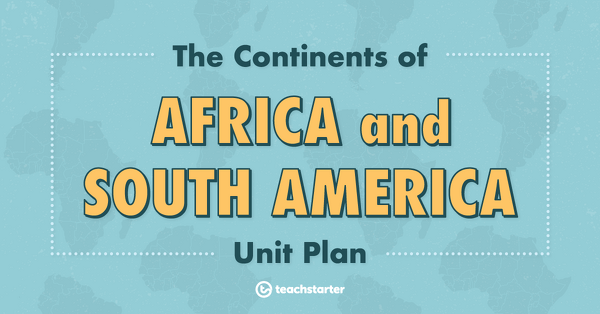
The Continents of Africa and South America Unit Plan
This Geography unit addresses the topographical features and the natural environment of the continents of Africa and South America.
- Plus Plan
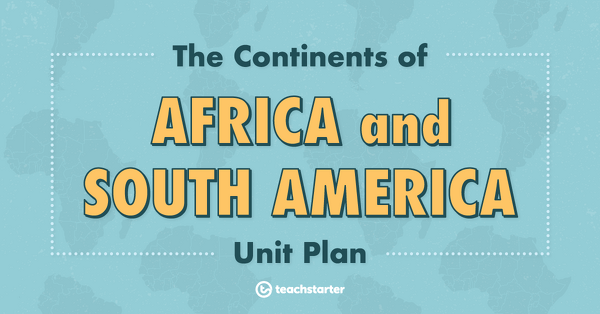
Reflection of Learning
A 60 minute lesson in which students will reflect on what they have learned about the continents of Africa and South America.
- Plus Plan

The Natural Environment of South America - Inquiry Task
A 60 minute lesson in which students will demonstrate their understanding of the natural environment of South America through an open-ended inquiry.
- Plus Plan
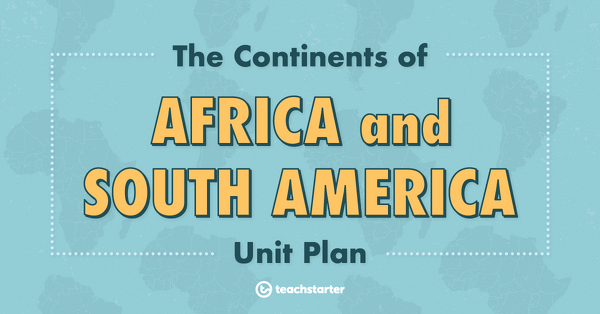
The Natural Environment of South America
A 60 minute lesson in which students will explore the natural environment of the continent of South America.
- Plus Plan
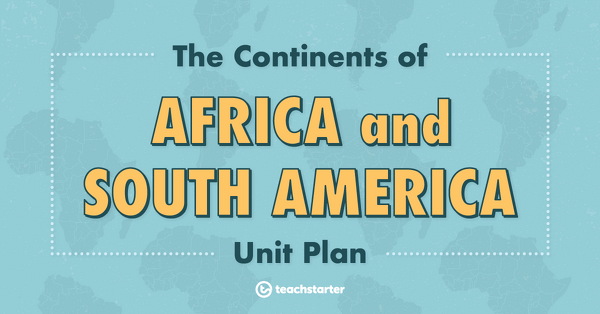
The Topography of South America
A 60 minute lesson in which students will explore the topographical features of the continent of South America.
- Plus Plan
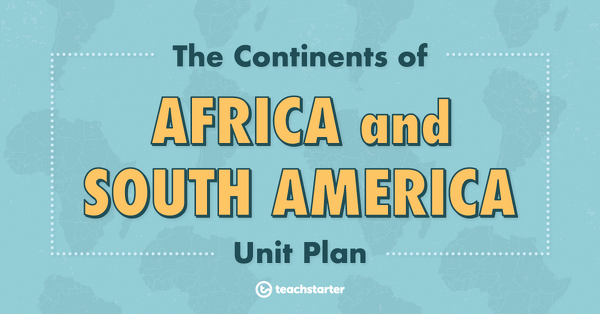
Welcome to South America!
A 60 minute lesson in which students will identify some of the countries and major cities on the continent of South America.
- Plus Plan
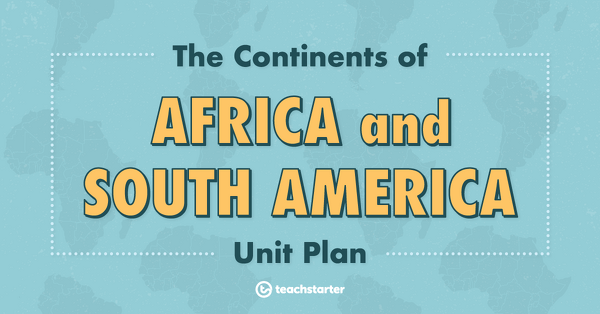
The Natural Environment of Africa - Inquiry Task
A 60-minute lesson in which students will demonstrate their understanding of the natural environment of Africa through an open-ended inquiry.
- Plus Plan
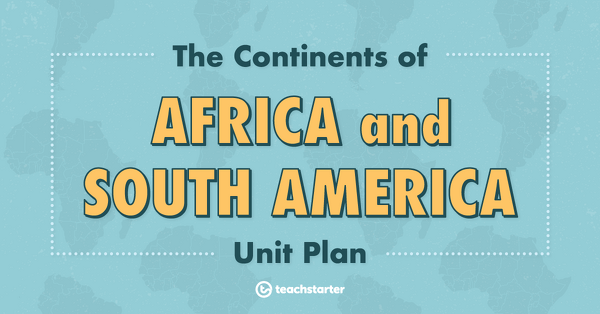
The Natural Environment of Africa
A 60 minute lesson in which students will explore the natural environment of the continent of Africa.
- Plus Plan
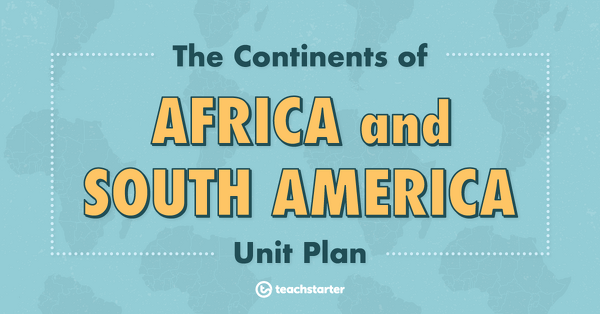
The Topography of Africa
A 60 minute lesson in which students will explore the topographical features of the continent of Africa.
- Plus Plan
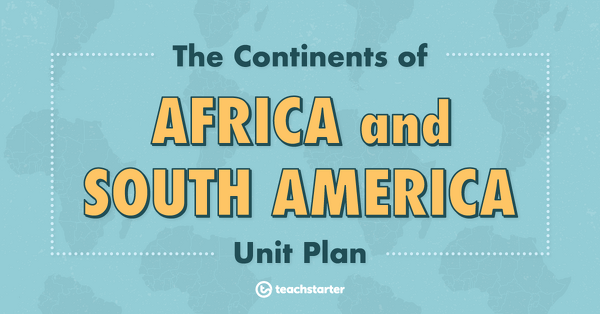
Welcome to Africa!
A 60 minute lesson in which students will identify some of the countries and major cities on the continent of Africa.
- Plus Plan
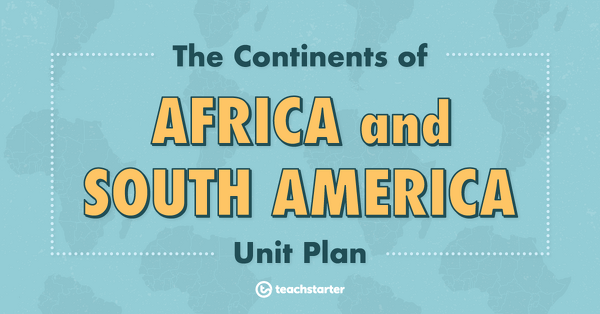
Where in the World?
A 60 minute lesson in which students will revise world geography.
- Plus Plan
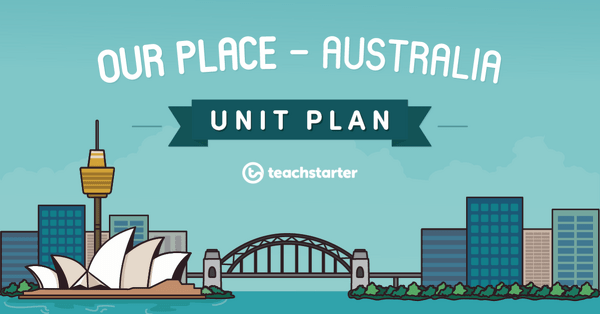
Our Place - Australia Inquiry Task
An inquiry-based assessment task in which students will demonstrate an understanding of the natural and human features of Australia.
- Plus Plan
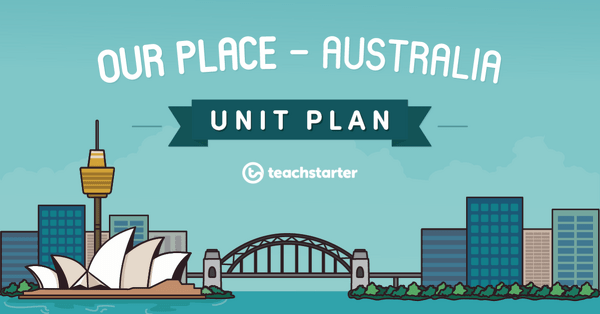
A Natural Wonder - Our Great Barrier Reef
A 60 minute lesson in which students will explore the unique natural environment of the Great Barrier Reef.
- Plus Plan
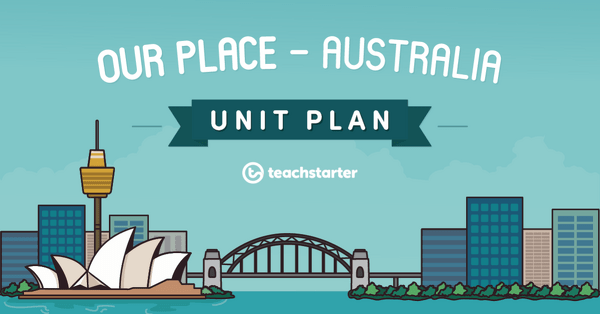
Deserts of Australia
A 60 minute lesson in which students will identify, describe and locate deserts in Australia.